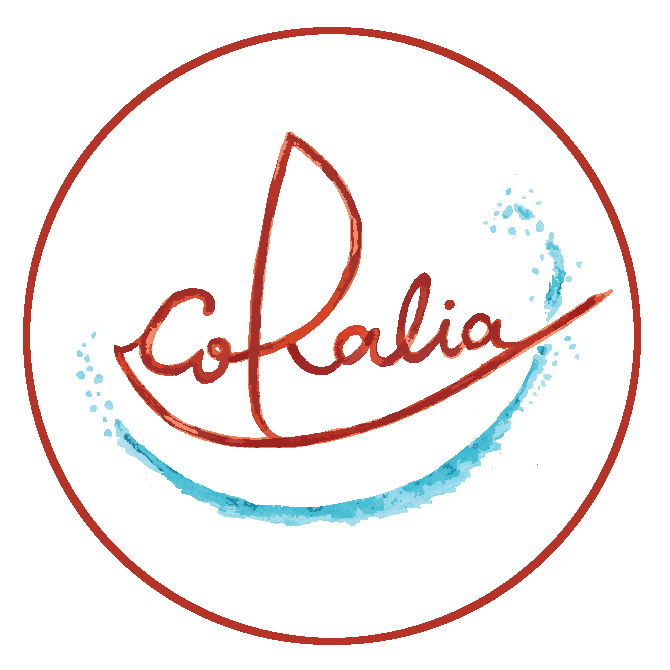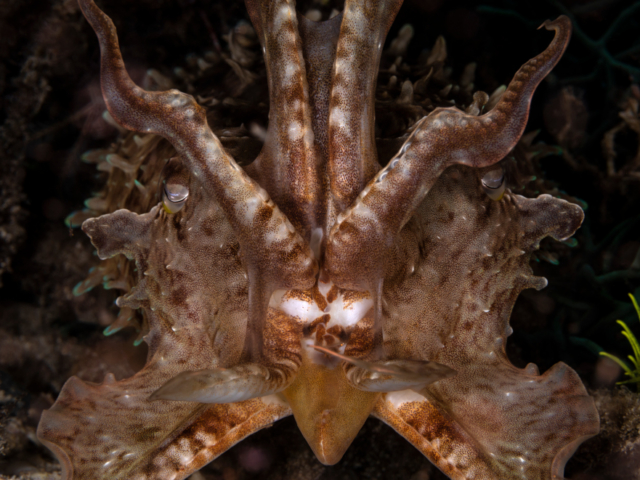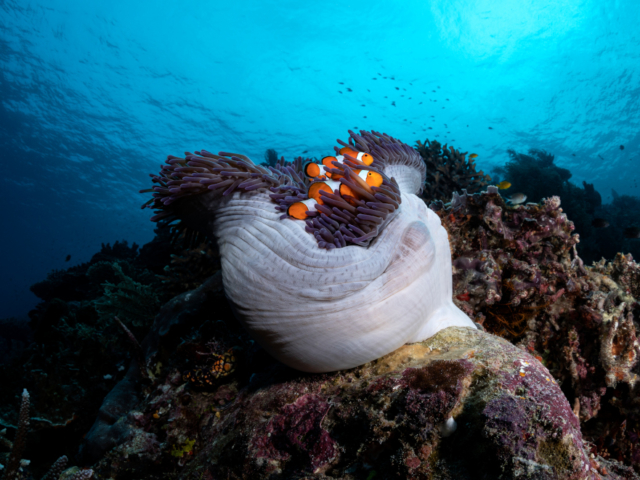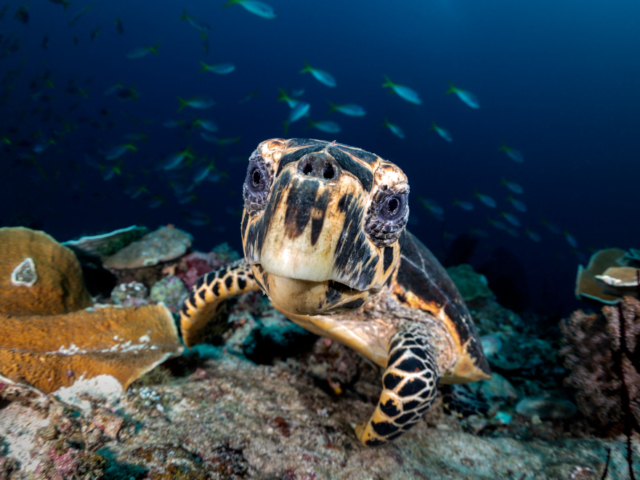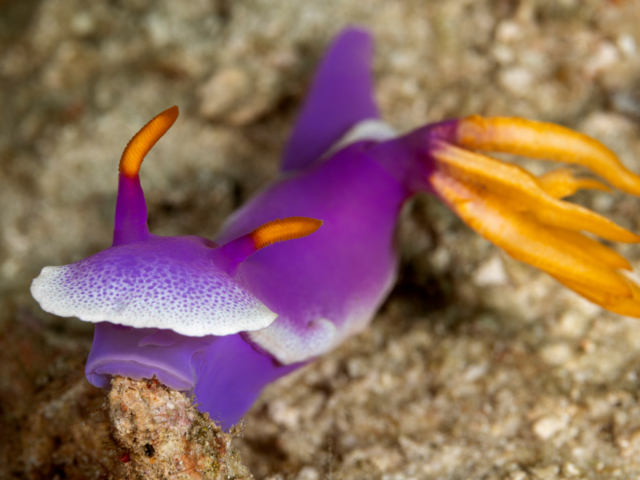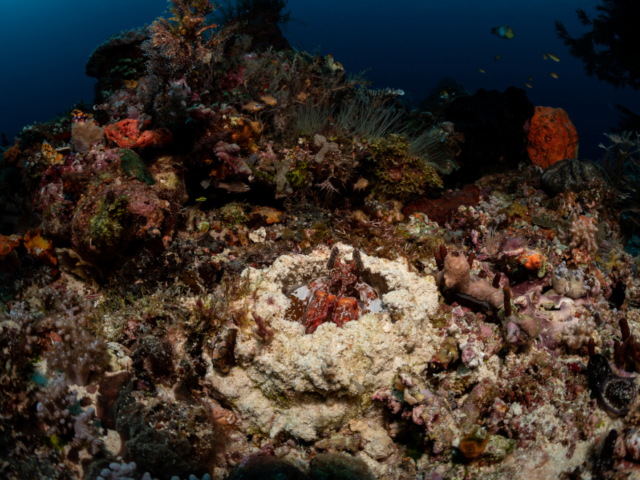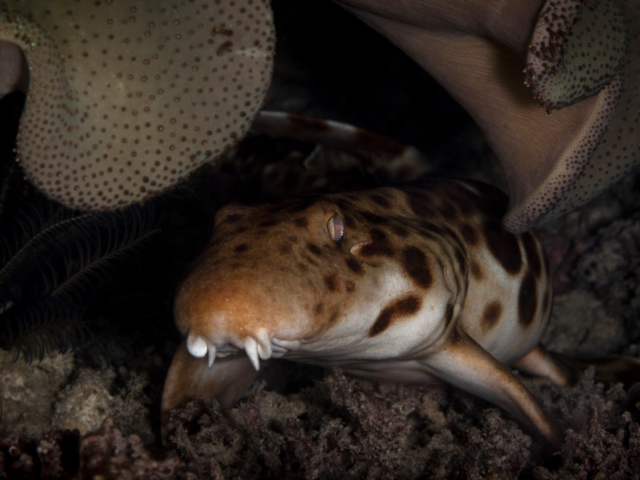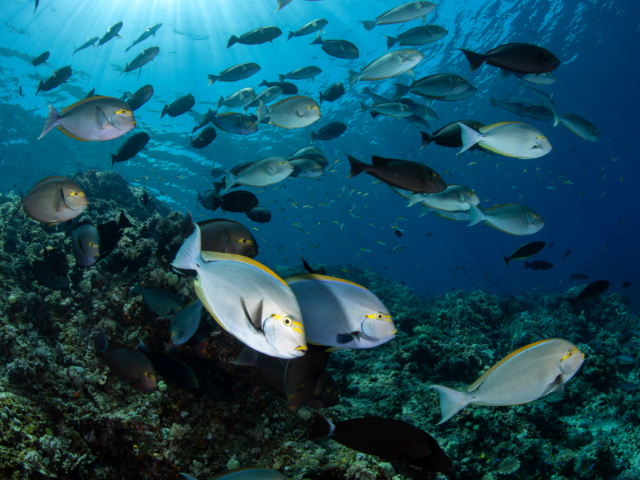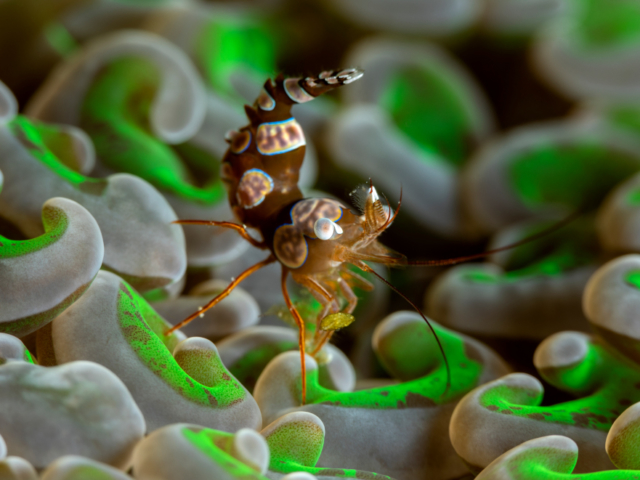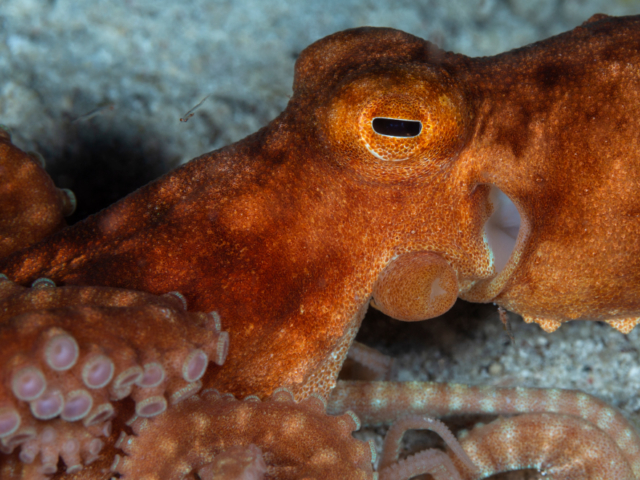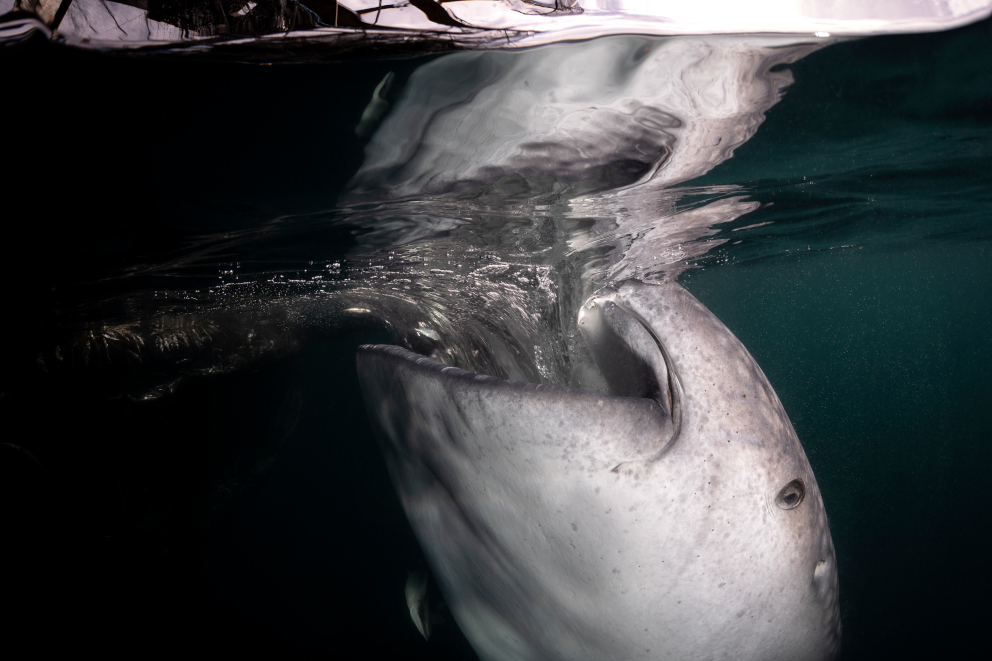
Cenderawasih Bay Liveaboard Diving
Cenderawasih Bay’s western edge is a National Park and Indonesia’s largest. This area is part of the Bird’s Head Seascape, along with Raja Ampat and Triton Bay. It is a new dive destination, complete with the highlight for many, whale shark encounters.
Coralia Liveaboard will visit Cenderawasih Bay in 2024 during July and August. Some cruises depart from or arrive into Sorong, others from Manokwari.
Best Places to Dive in Cenderawasih Bay
This entire area is unspoiled and has a very small population, with many parts uninhabited. In Cenderawasih Bay there are over 500 different species of corals and you will see some of the healthiest hard coral gardens. There are dramatic walks full of sponges and atolls full of schooling fish.
Pulau Amsterdam
Cruises that start and finish in Sorong in West Papua will stop at Pulau Amsterdam. The name of the dive site is The Junkyard. It is on the south corner of Pulau Amsterdam. Here small boats and barges were scuttled and they have now turned into a nice artificial reef. We will do two dives here before cruising overnight to our next stop.
Manokwari
During World War II Manokwari was occupied by the Japanese and there are some excellent wrecks that we can explore here. There is a huge Japanese freighter and a former coastal patrol boat that are now encrusted in corals and home to lots of marine life. We can dive right in Manokwari harbour.
Pulau Purup
There are some critter dive sites that we can explore either at the start or at the end of the trip. At Pulau Purup there are several dive sites. On the southeast tip there is a sloping reef with many elephant ear sponges and other soft corals. Here we could get our first glance of an endemic fish only found in Cenderawasih Bay – a flasher wrasse Paracheilinus walton.
At the other sites you can see schooling fish, especially fusiliers, barracuda and another endemic fish, this time in the damselfish family Chrysiptera pricei. Reef sharks can also be seen cruising the shallow hard coral reefs.
Roon and Pulau Rippon
At Roon there are ridges lined with hard corals and sloping walls with sea fans and colourful soft corals. Divers can look for bumphead parrotfish, reef sharks, schools of fusiliers and turtles. There is even a small waterfall on the beach that flows into the sea.
Close to Roon is Pulau Rippon. There is a wreck of a World War II plane with the rest of the dive site forming a slope with pretty corals. At another spot the white sandy bottom rises up into stunning coral patches covered with soft corals and elephant ear sponges. There are turtles, schools of surgeon fish and barracuda alongside some interesting macro subjects. Yet another endemic fish can be seen around Pulau Rippon. A dottyback Pictichromis caitlinae can be found in cracks and crevices.
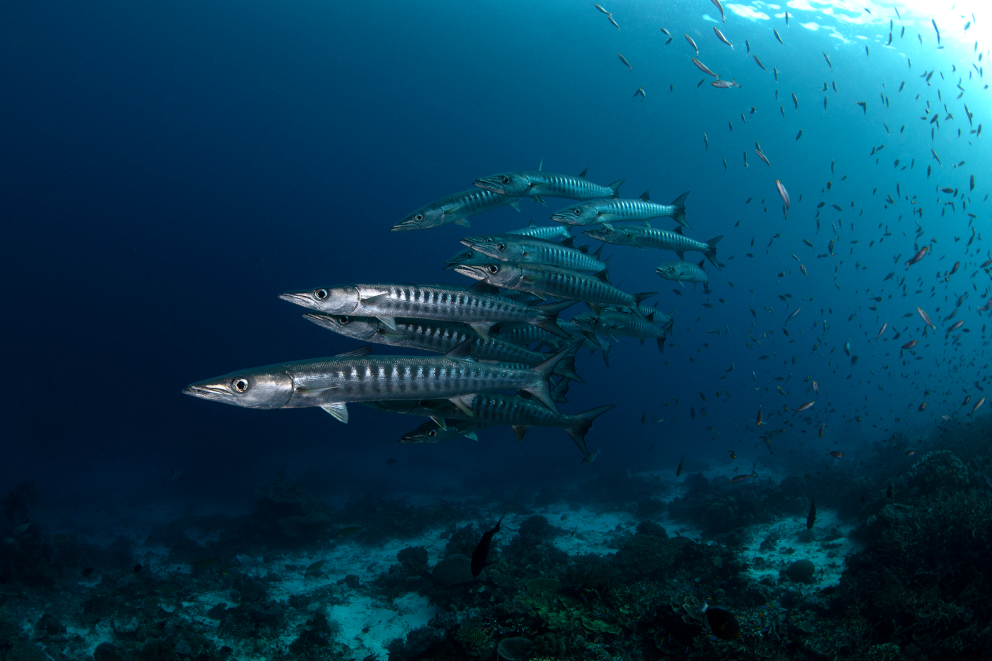
Kwatisore Bay – Whale Sharks
Kwatisore Bay is where we have the chance to see whale sharks. The whale sharks come to feed at the bagans (fishing platforms) here. This is a natural behaviour, the whale sharks have learnt that if they suck on the fishing nets the fishermen’s catch comes out of the holes! The fishermen believe these huge fish bring them good luck. They throw handfuls of fish to the whale sharks to keep them close to their bagan.
We will arrive in the area in the late afternoon to ask the fishermen who have seen whale sharks that day. We can then arrange to visit early the next morning. If we get lucky we might see more than one whale shark and they have been known to stay with us for hours! Having close-up encounters as the whale sharks circle round and round, opening their mouths wide and sucking in the fish, is one of the most incredible experience you can have.
The Cenderawasih whale sharks are in our blog about the Top 5 Big Marine Life Encounters in Indonesia. Read it here.
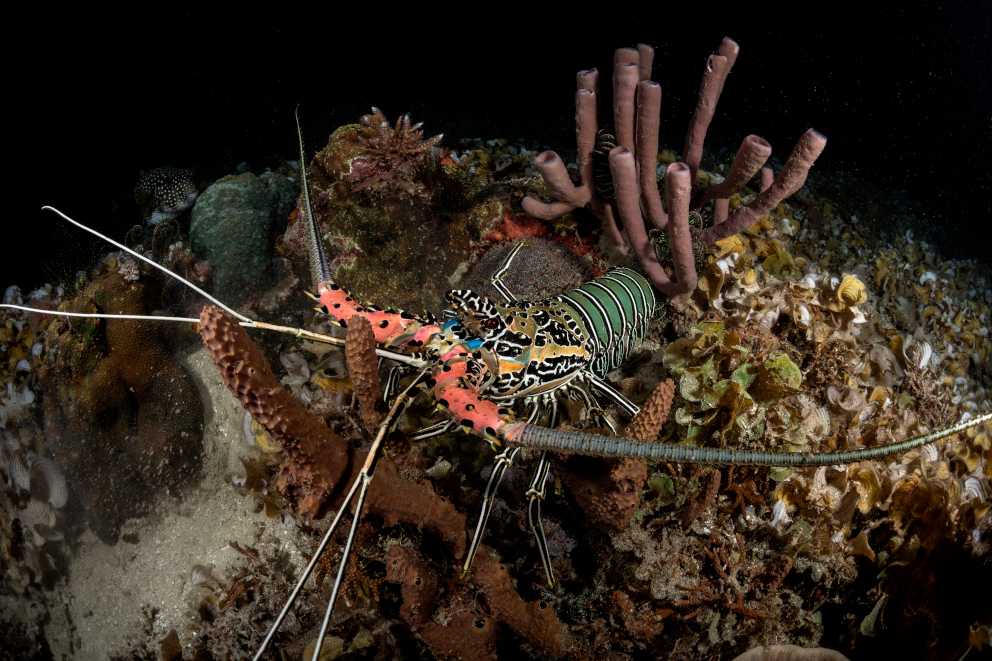
Tanjung Mangguar
Tanjung Mangguar has one of the most beautiful dives in Cenderawasih Bay. The site is completely covered in soft coral and attracts a lot of fish life. A school of barracuda hangs out here, along with trevally, fusiliers and surgeonfish. Look out into the blue for possible sightings of manta rays, mobula rays and sharks. The shallows here are also impressive. There is a good night dive here too.
Tridacna Atoll
There are several dive sites in at Tridacna Atoll. Here we dive at deep drop-offs and fringing reefs carpeted in soft corals, large barrel sponges, sea whips and massive elephant ear sponges. The surrounding deep ocean means that the dive sites here are some of the fishiest in the Bay.
Cenderawasih Bay Liveaboard Diving Highlights
- Whale sharks!
- Healthy and untouched
- Search for the special endemic fish
- Relax on deck while enjoying the scenery
- Common sightings – turtles, nudibranchs, leaf fish, anemone fish, reef octopus, schooling fish, ghost pipefish, plus many more amazing fish
- Special sightings – whale sharks, reef sharks, schools of barracuda, manta rays, endemic flasher wrasse plus more endemic fish
Best Time to Go
Cenderawasih Bay can be dived all year round but it is best dived on a liveaboard cruise. Coralia visits in July and August. This is when the sea is calmest and the weather conditions are the best.
How to Get There
Coralia’s cruises in Cenderawasih Bay depart from Sorong or Manokwari. Both of these harbours are in West Papua. The airport codes are SOQ for Sorong and MKW for Manokwari. The international airport with the best connections is Jakarta (CGK). You can also route through Bali (DPS) if you prefer.
Garuda runs flights on some of the routes. At the time of writing, Garuda offers an extra 23kg per person for dive gear. Be ready to show your diving certification and that your extra baggage is made up of dive equipment.
Please remember that if you fly in the morning, at the end of the cruise, then you might be restricted on the number of dives you partake in the day before. Usually, on the last full day on board, we will do two dives in the morning. Finishing by around 1pm.
You can take an international flight into Bali or Jakarta to connect with your domestic flight. We recommend arriving in Bali or Jakarta at least one day before your domestic flight. We also recommend you book your return international flight for one day after the end of the cruise.
Useful Cenderawasih Bay Liveaboard Cruise Information
- All levels of divers and snorkelers can join a Cenderawasih Bay cruise.
- Transfers to and from the airport are included. From Manokwari airport to the harbour is around a 20 minute drive. From Sorong airport to the harbour it is around a 10 minute drive. You will then be transferred by a short speedboat ride to Coralia.
- Water temperature – it is warm all year round, about 27°C and 30°
- Visibility is usually very good, ranging from 20-30 metres. Inside bays the visibility may be less but it’s ok because here we’re looking for critters!
- Cenderawasih Bay is part of Indonesia. The currency is Indonesian Rupiah or IDR.
- The official language is Bahasa Indonesia. Although there are over 300 different native languages spoken in Indonesia.
- If you would like to bring gifts for the children of Cenderawasih, we would have the opportunity to distribute them during the cruise. Please do not bring items wrapped in plastic as this plastic will not be disposed of appropriately. It is also best not to bring plastic toys or balloons. Most useful are things like pencils, pencil sharpeners, books, crayons, clothes, hair bands for girls, etc.
- Other on board options include kayaking, paddle board, beach visits and village visits.
Visit Cenderawasih Bay with Coralia Liveaboard Indonesia !
Please have a look at Coralia’s cruise schedule to join us on an unforgettable diving adventure.
Also, please feel free to CONTACT US in case you have any questions. We look forward to assisting you.
